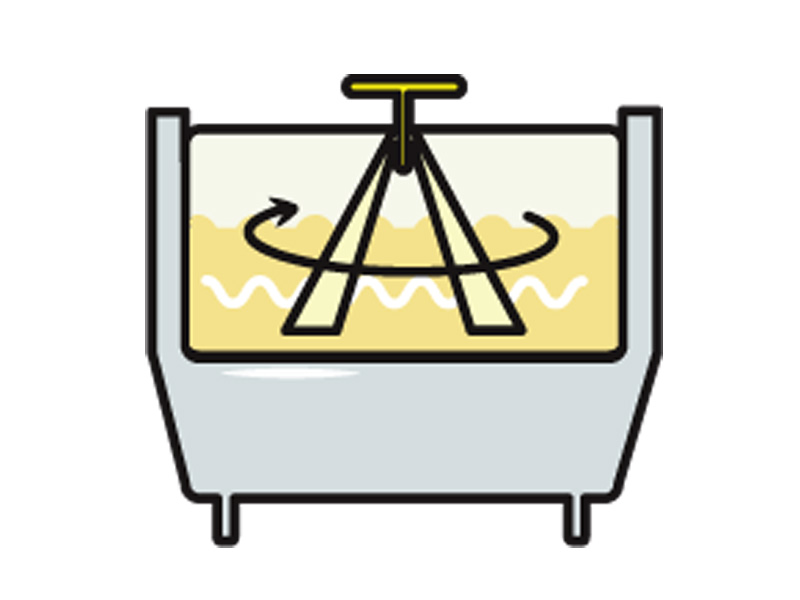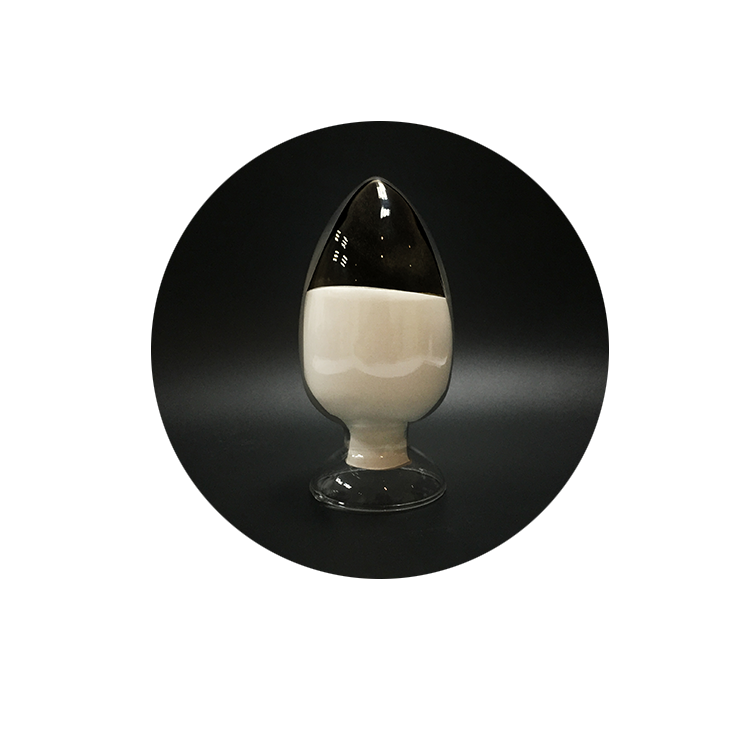Six Factors Affecting the Effect of Enzyme Preparation
1. PH value affects the activity of the enzyme preparation
Each enzyme exhibits high activity only in a specific pH range, which is the optimal pH value for enzyme action. Generally speaking, the enzyme is the most stable at the optimum pH value, so the pH value at which the enzyme acts is also its stable pH value. If the pH value of the enzyme reaction is too high or too low, the enzyme will be irreversibly damaged, the stability and vitality will decrease, or even inactivation.
2. The influence of temperature on the enzyme preparation
Under certain conditions, each enzyme has a most suitable temperature. At this temperature, the enzyme activity is the highest, the effect is the best, and the enzyme is relatively stable. The increase in the speed of the enzyme-catalyzed reaction and the thermal denaturation loss of the enzyme activity reach a balance. This temperature is the optimal temperature for the enzyme's action.
The effect of temperature on the action of the enzyme preparation is also related to the time it is heated. If the reaction time is prolonged, the optimum temperature of the enzyme will decrease. In addition, factors such as the substrate concentration of the enzyme reaction, the type of buffer, the activator, and the purity of the enzyme will also change the optimum temperature and stable temperature of the enzyme.
3. The influence of the enzyme preparation and substrate concentration
Substrate concentration is the main factor that determines the speed of enzyme catalyzed reaction, under certain conditions of temperature, pH and enzyme concentration. When the substrate concentration is very low, the catalytic reaction speed of the enzyme increases rapidly with the increase of the substrate concentration, and the two are directly proportional. As the substrate concentration increases, the reaction speed slows down and no longer increases in direct proportion. In the enzyme-catalyzed reaction, the application of enzymes in food processing is generally much less than the amount of substrate. At the same time, the cost of the enzyme should also be considered.
4. The influence of enzyme inhibitors
Many substances can weaken, inhibit, or even destroy the action of enzymes. These substances are called enzyme inhibitors. In actual production, it is necessary to understand and avoid the influence of inhibitors on enzyme catalysis.
5. The influence of enzyme activators
Many substances have the effect of protecting and increasing enzyme activity, or promoting the conversion of inactive enzyme proteins into active enzymes. These substances are collectively referred to as enzyme activators. The activator has a similar effect on the enzyme-catalyzed reaction rate and the substrate concentration, but it is rarely used in actual production.
6. The impact of the preservation of enzymes
Enzyme preparations are in a dormant state in a low temperature environment. The key to long-term storage of the enzyme without losing its activity lies in the dry environment and low temperature. Both heat and light can easily inactivate enzymes. Therefore, enzyme preparations should be stored airtightly at low temperatures and protected from light. In addition, the higher the moisture content of the enzyme preparation, the easier it is to inactivate, so the general powdered enzyme preparation is easy to store and transport. In addition, some metal ions can also cause enzyme inactivity or inhibit enzyme activity. Avoid choosing metal ion containers to store enzyme preparations.



